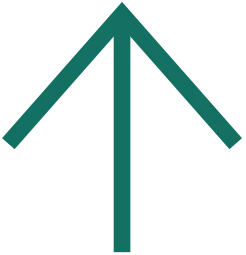- IUCN StatusLeast concern
- Population35,000,000
- DietHerbivores - eating mostly foliage, dry grasses and thorny plants
- GroupCaravan
- Sizeup to 2m m in height and 2 -3m in length
- ContinentAsia
- Lifespan40 Years
- Weight300 - 600 kg
- HabitatDesert
- Scientific NameCamelus dromedarius
Meet the Dromedary Camel

Dromedary camels are a species of large even-toed ungulate, of the genus Camelus, with one hump on its back. It is the tallest of the three species of camel.
The species’ distinctive features include its long, curved neck, narrow chest, a single hump and long hairs on the throat, shoulders and hump. The coat is generally a shade of brown.
Dromedary camels are generally shy animals and are diurnal, sleeping at night and active during the day.
They form cohesive groups of about 20 individuals, which consist of several females led by a dominant male.

Introducing....
our large 'ship of the desert'
Did you know?
The Dromedary Camel has not occurred naturally in the wild for nearly 2,000 years, read on for some more interesting facts about these unusual looking creatures.
Dromedary Camels have a double row of lashes and brows.
This helps protect their eyes from the harsh desert sand and winds. The lashes and brows also prevent damage from the sun’s glare.
They have the ability to lose up to 40% of their body weight when food & water are scarce.
This is an important adaptation for their survival in the desert environment where water is scarce.
It takes a lot of heat to make a dromedary camel sweat.
They have sweat glands like other animals but they are vastly more tolerant of high temperatures and rarely sweat as a consequence. This conserves moisture and allows them to survive in the desert.
The hump of a dromedary camel stores up to 80 pounds of fat.
This is broken down into water and energy in times of starvation. These humps give camels their legendary ability to travel up to 100 desert miles without water.







